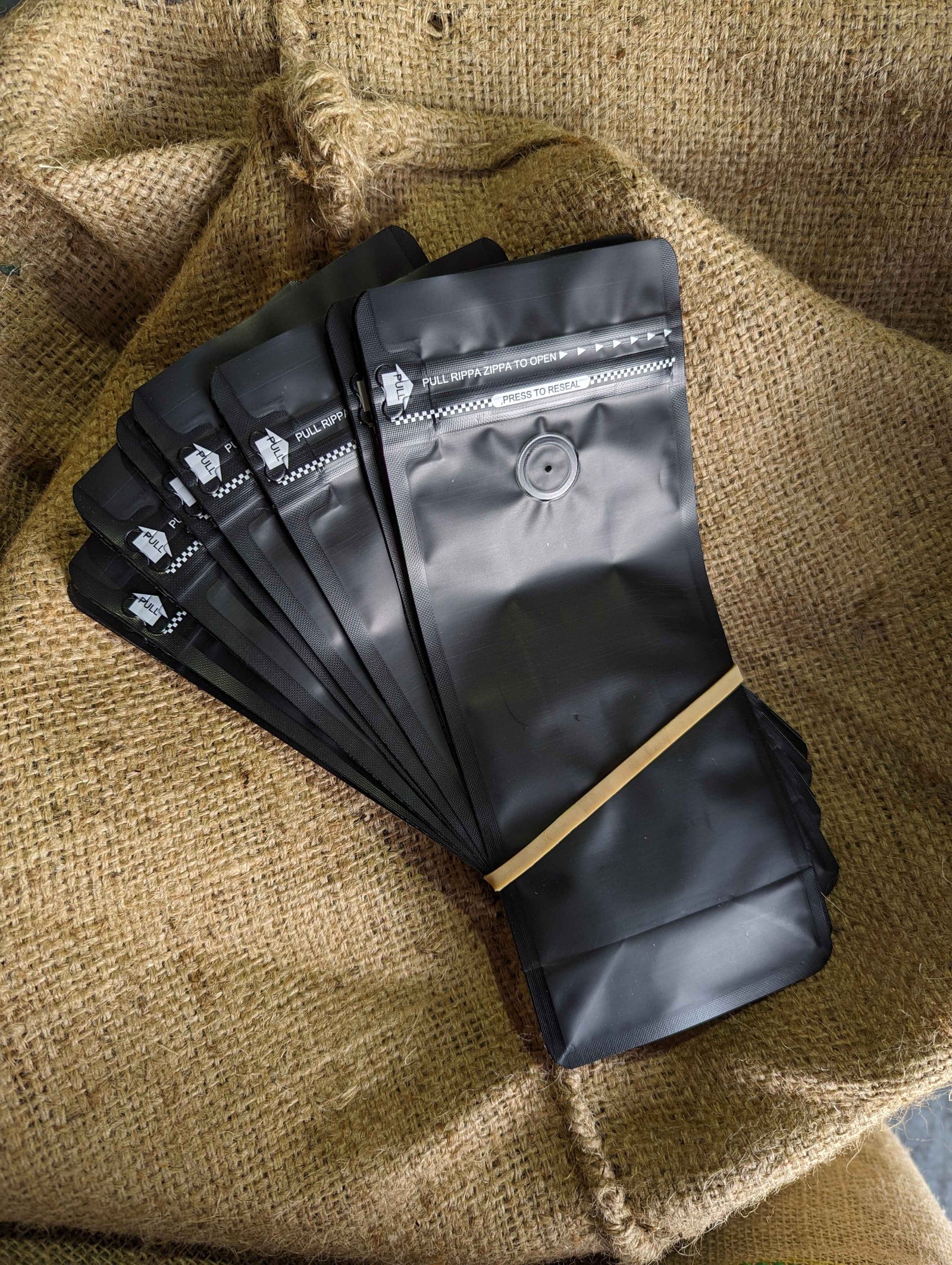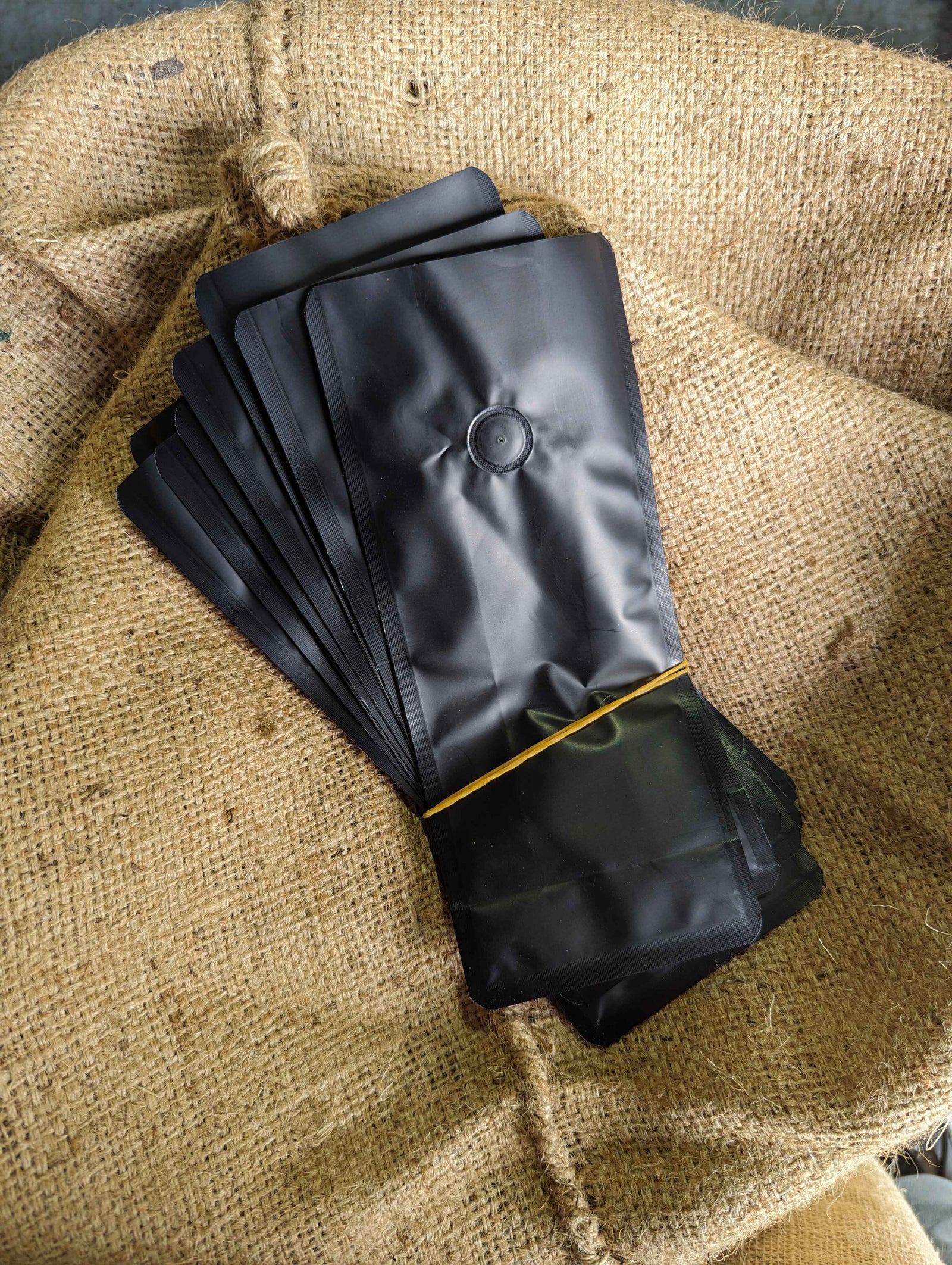OVERVIEW:
Peru may be best known for its dominance in organic Arabica exports, but coffees like this Grade 1 microlot from Lonya Grande show just how much depth and elegance the country's specialty sector can offer. Grown at high altitudes in the Amazonas region and processed using the natural method, this coffee showcases crisp white wine acidity, bright orange zest, and stone fruit complexity. A smooth body and clean malt finish provide balance and drinkability in every cup.
PRODUCERS:
This microlot comes from smallholder farmers near San Antonio in Lonya Grande, a remote highland community in northern Peru. These producers rely on traditional farming methods and increasingly focus on quality to access specialty markets. While not all are cooperative members, many benefit from local networks that provide drying infrastructure and logistical support to get their parchment to market.
ALTITUDE AND LOCATION:
Coffee is cultivated at altitudes ranging from 1,200 to 1,800 meters above sea level on the eastern slopes of the Andes in Amazonas, one of Peru’s most promising coffee regions. Cool nights, rich volcanic soils, and high humidity contribute to slow cherry maturation and enhanced flavour development.
PROCESSING – NATURAL (DRY PROCESS):
This coffee is naturally processed, meaning the whole cherry is sun-dried before the seeds are removed. This technique enhances fruit intensity and body. Drying often occurs on raised beds or parabolic drying houses, though some producers still use patios and tarps. Selective picking and careful drying are key to ensuring clean, stable results in the cup.
HISTORICAL CONTEXT:
Peru’s coffee journey has been shaped by colonial land redistribution, economic reform, and the rise of cooperatives. While early exports were driven by European interests in the late 1800s, post-war decades saw land returned to locals, enabling a shift from large estates to independent smallholder farming. The 1989 collapse of the International Coffee Agreement and internal conflict strained the industry, but the growth of ethical sourcing and organic certification in the 1990s sparked a revival. Despite challenges like Coffee Leaf Rust and limited infrastructure, Peru remains a global leader in sustainable coffee production.

 Matte Black Coffee Bag Bundle - With Valve & Rippa Zippa
Matte Black Coffee Bag Bundle - With Valve & Rippa Zippa Matte Black Coffee Bag Bundle - With Valve
Matte Black Coffee Bag Bundle - With Valve






